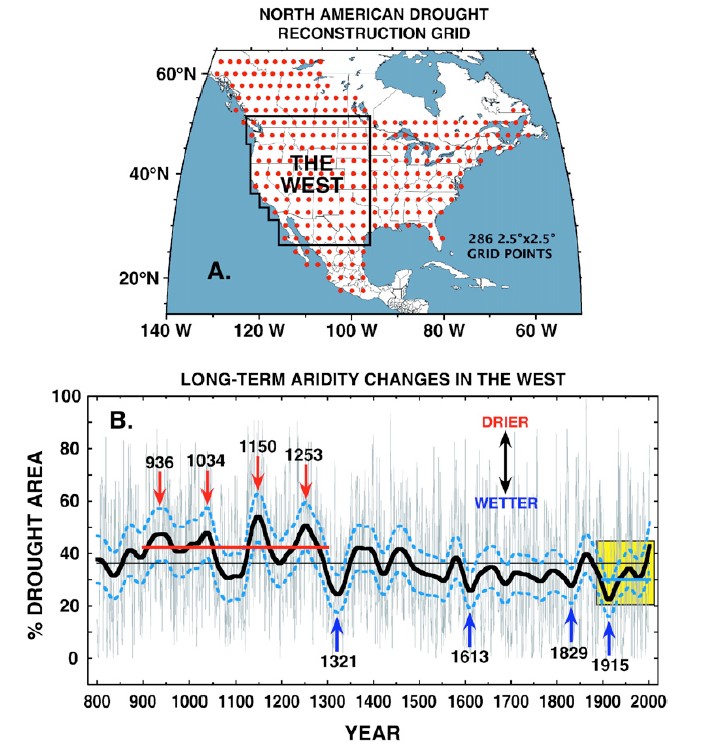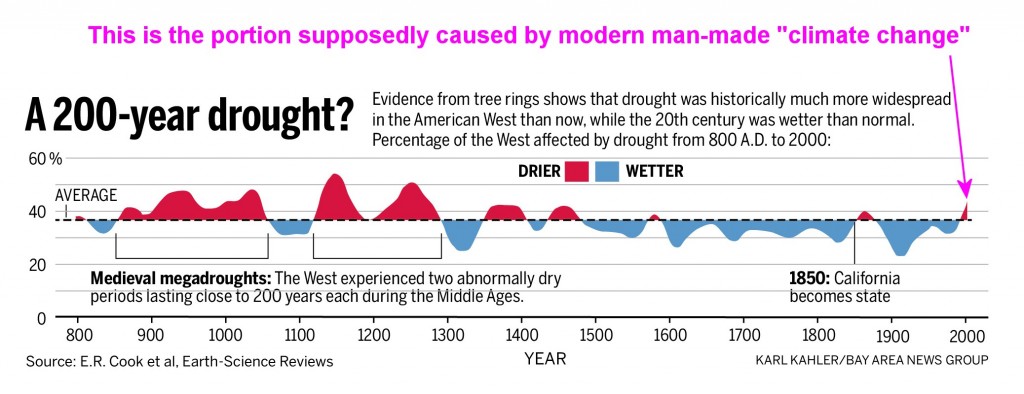Technologies that can’t compete in the market place aren’t ready for market, nor are they ready for our consumption. Subsidizing these not-ready techs is one way of plusing them up. Another way is to penalize their competition for being too successful.
The New York Times tells this tale, albeit carefully buried in the nether regions of Katharine Seelye’s article. Overarching all of this is this:
New England [Connecticut, Maine, Massachusetts, New Hampshire, Rhode Island, and Vermont] already pays the highest electricity rates of any region in the 48 contiguous states because it has no fossil fuels of its own and has to import all of its oil, gas, and coal.
That’s not strictly true; the Marcellus Shale holds more natural gas than you can shake a…drill…at, and a significant fraction of that lies under western New York. New York, though, is throwing every road block they can think of in the way of extracting the natural gas, which would give the Northeast a nearby, if not local, source of natural gas.
There are two items of interest that backdrop this. One is the spiking energy prices in the Northeast. For instance,
[f]or October, [a small business owner] had paid $376. For November, with virtually no change in his volume of work and without having turned up the thermostat in his two-room shop, his bill came to $788, a staggering increase of 110%.
The other is the lack of infrastructure: there are all of five pipeline systems in the region, with seven new systems proposed.
The six states’ governors had agreed to a regional solution to this, involving building those additional pipelines.
However.
Just last August,
the Massachusetts Legislature rejected the plan, saying in part that cheap energy would flood the market and thwart attempts to advance wind and solar projects. That halted the whole effort.
That halted the whole effort.
But, it’s OK. Progressives and “environmentalists” have your back. And they have sharpened their knives.
h/t Power Line


